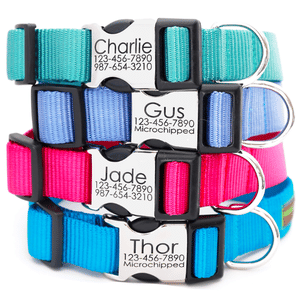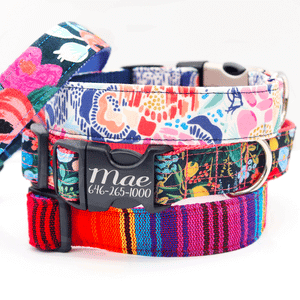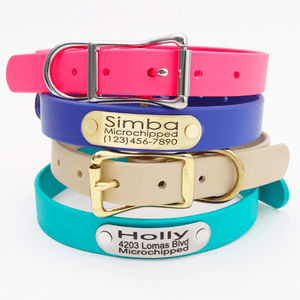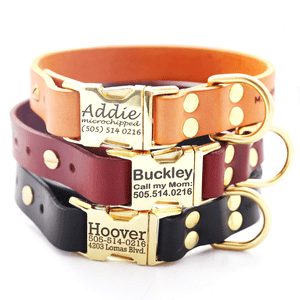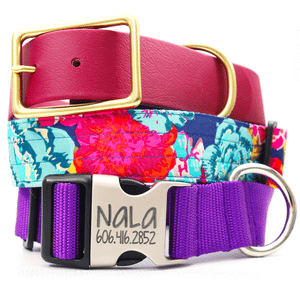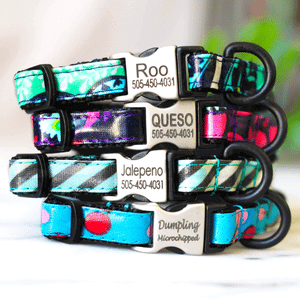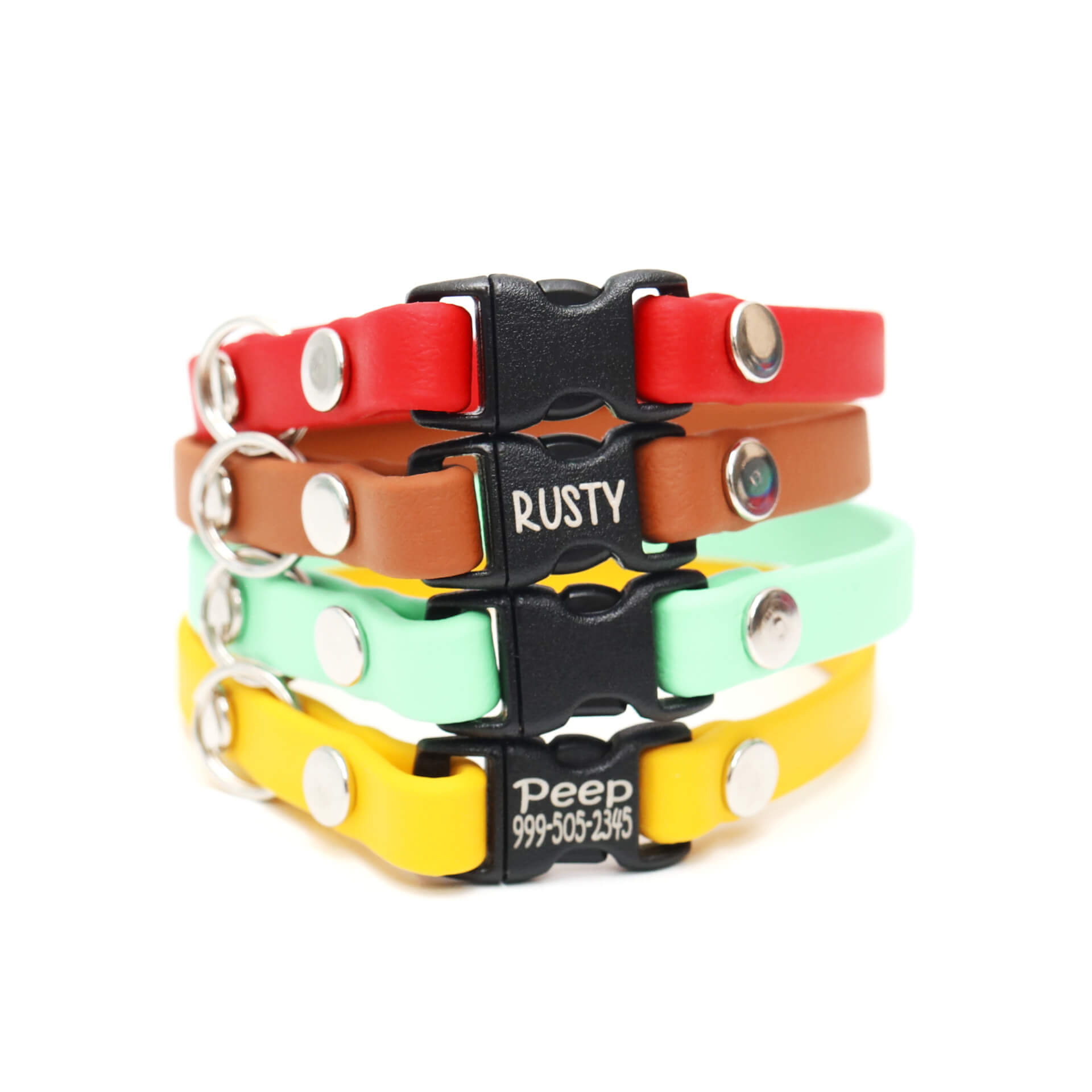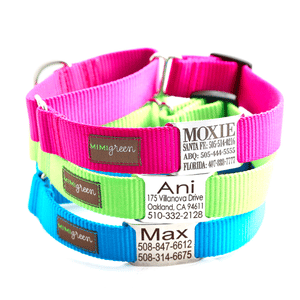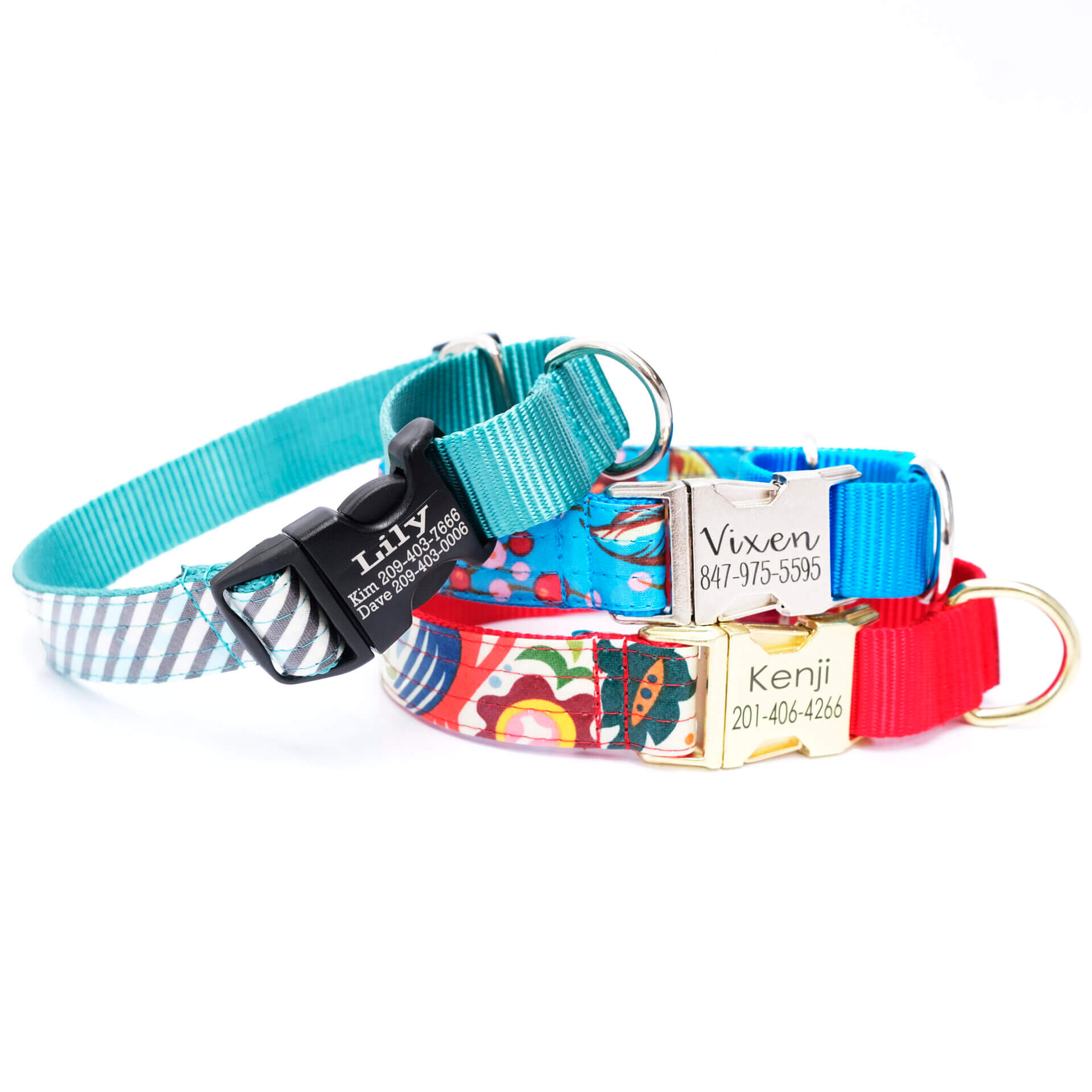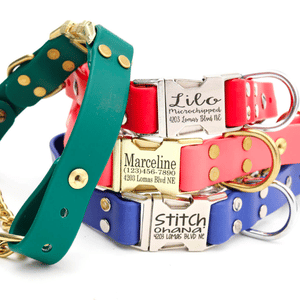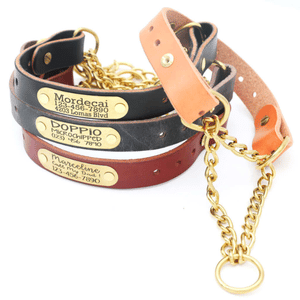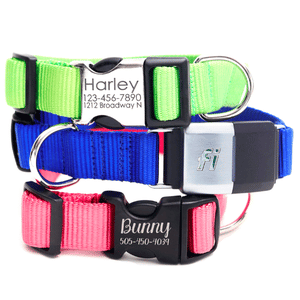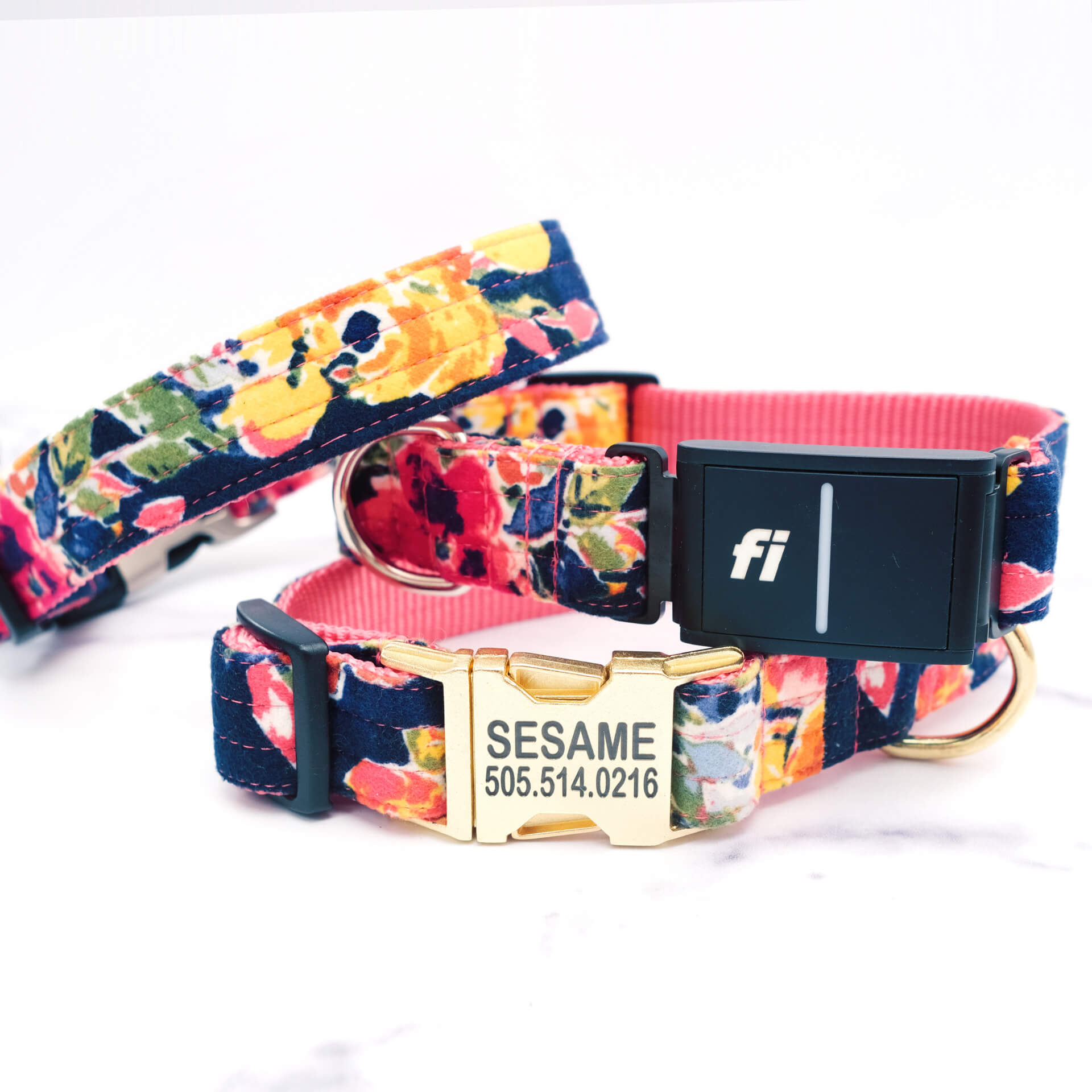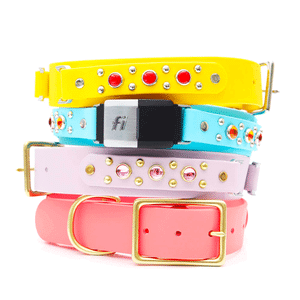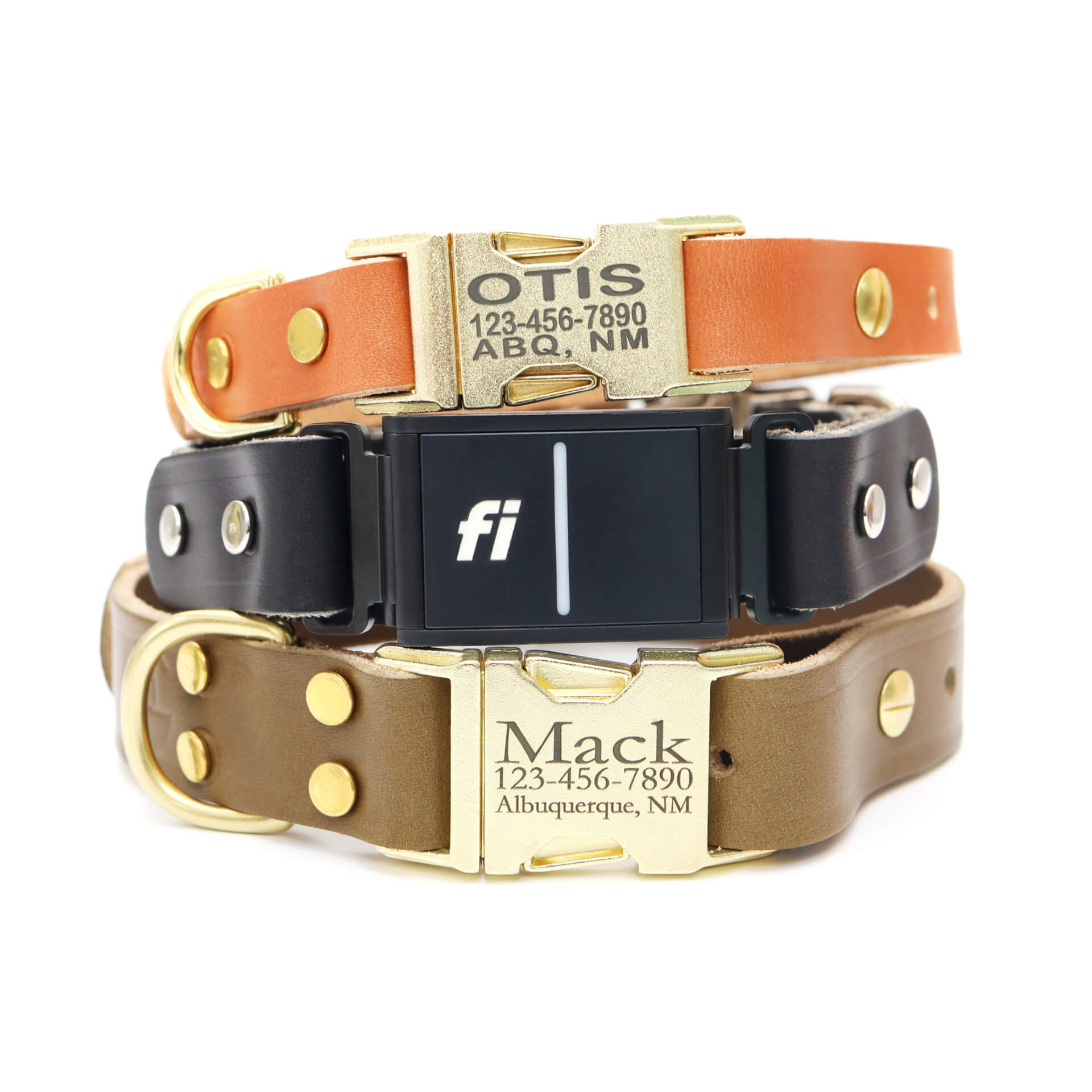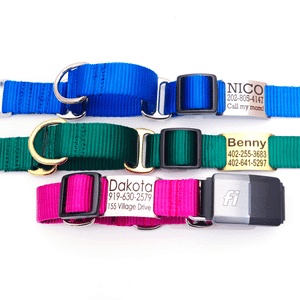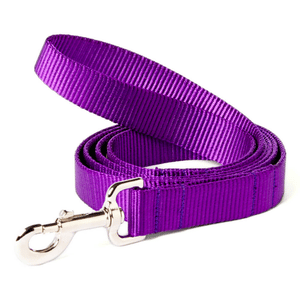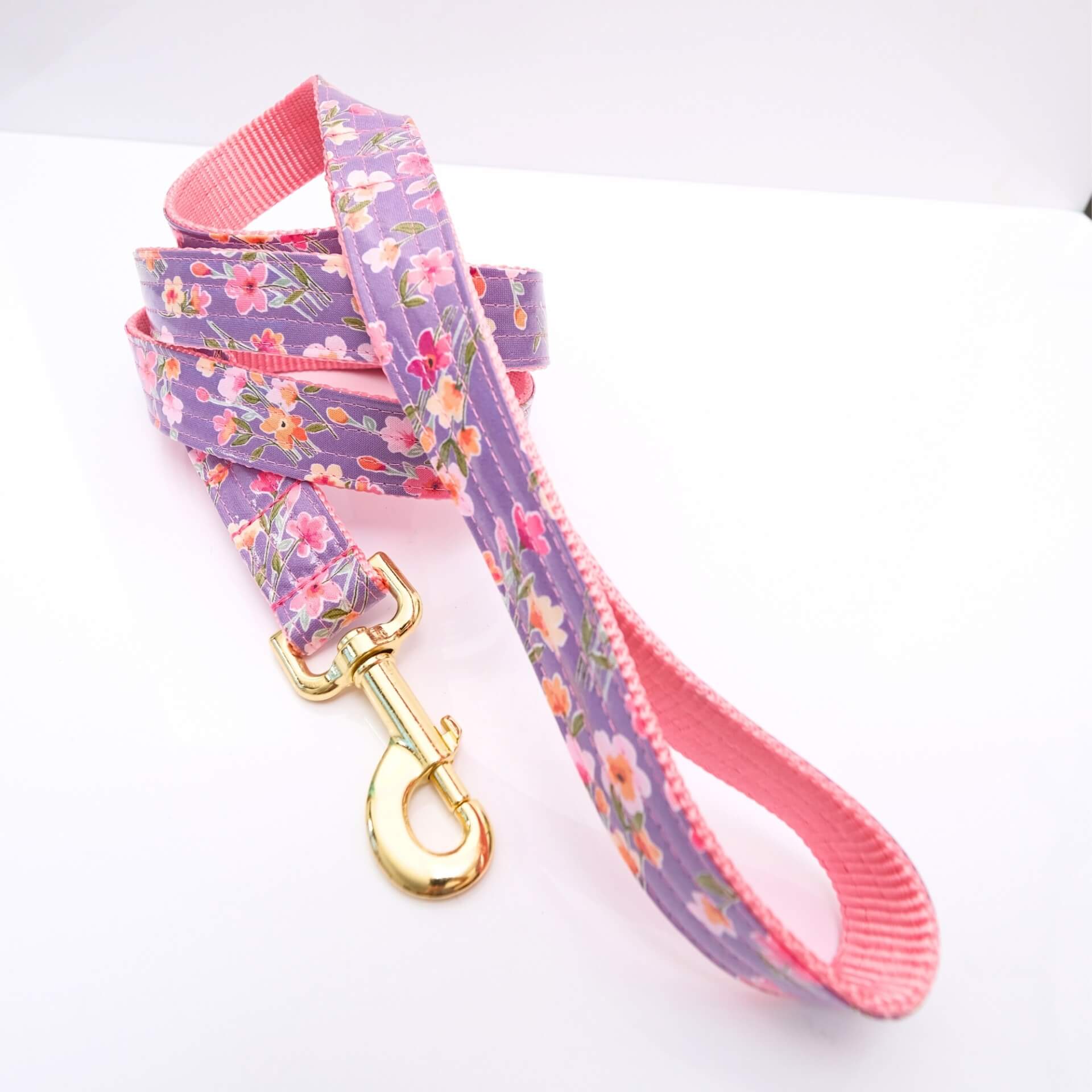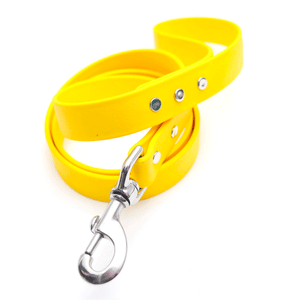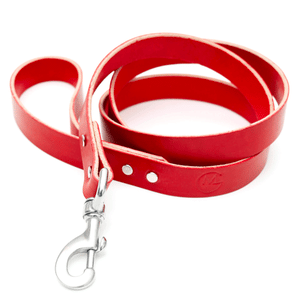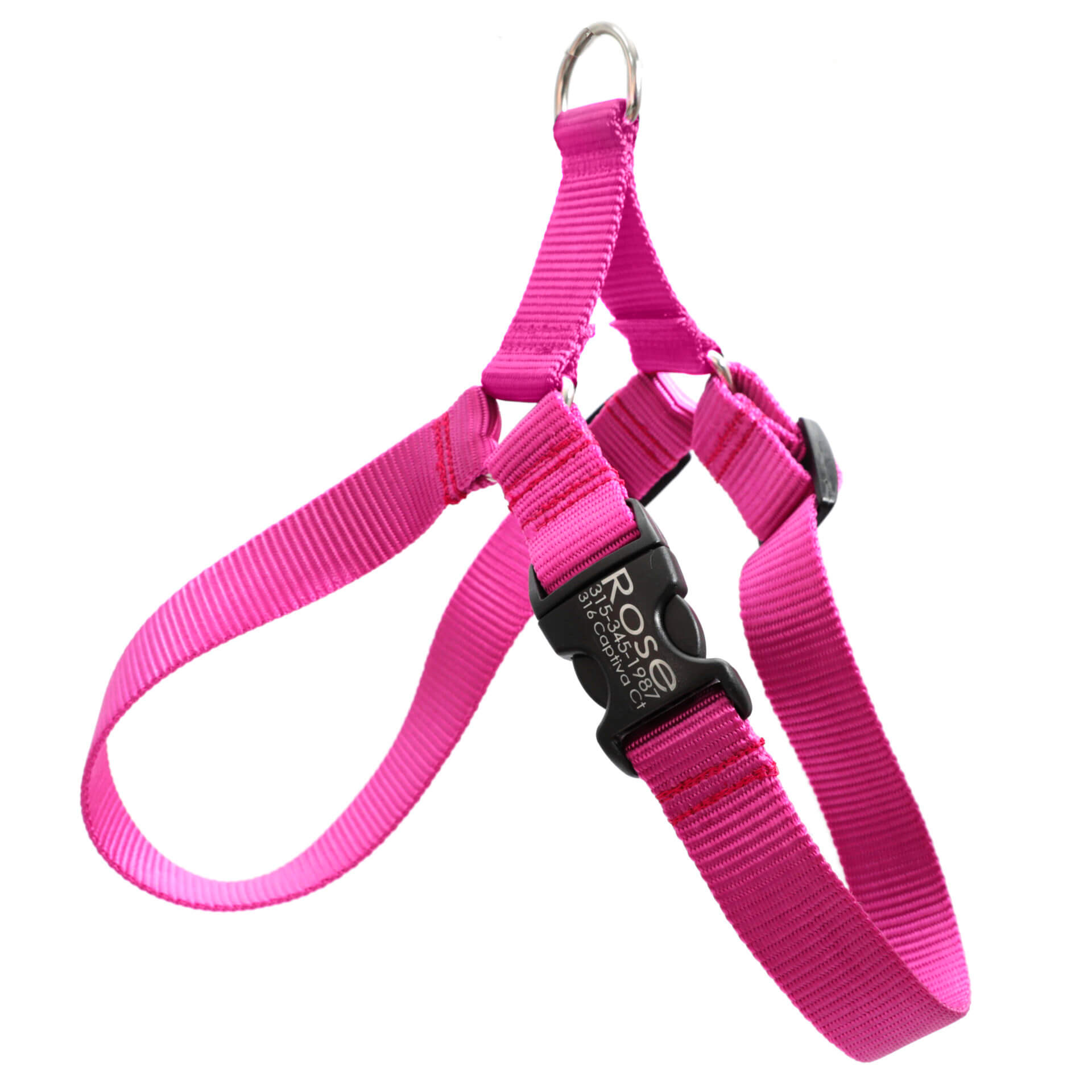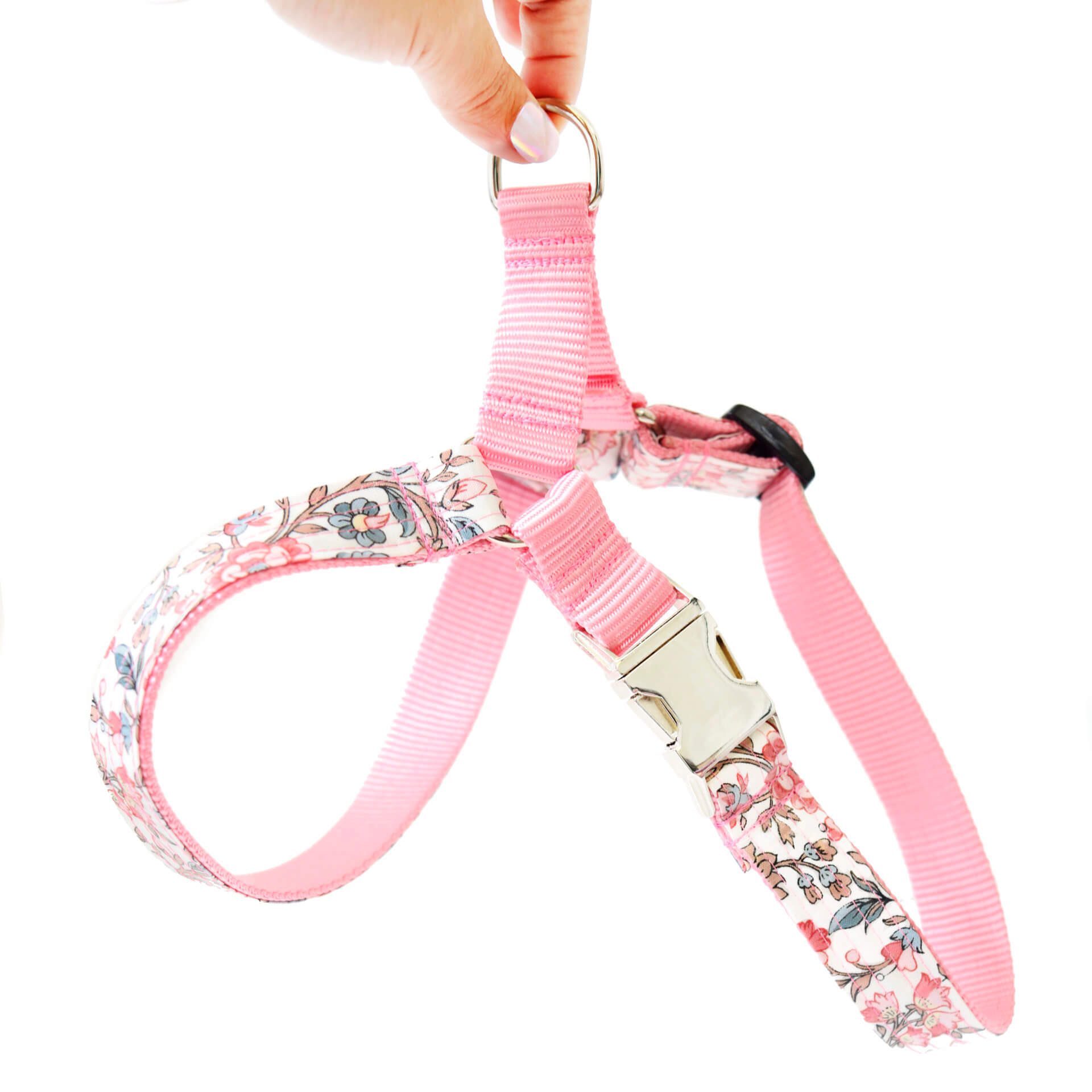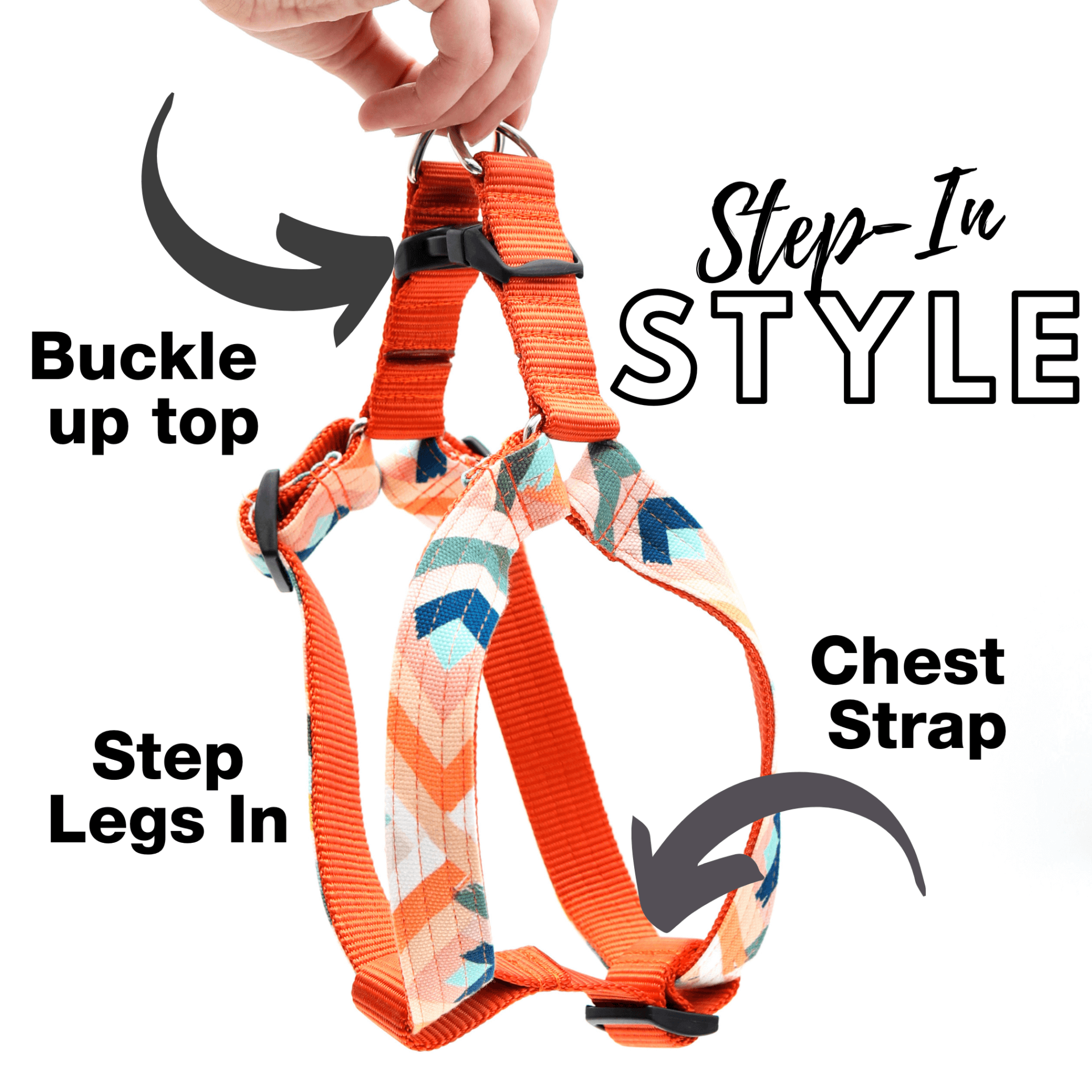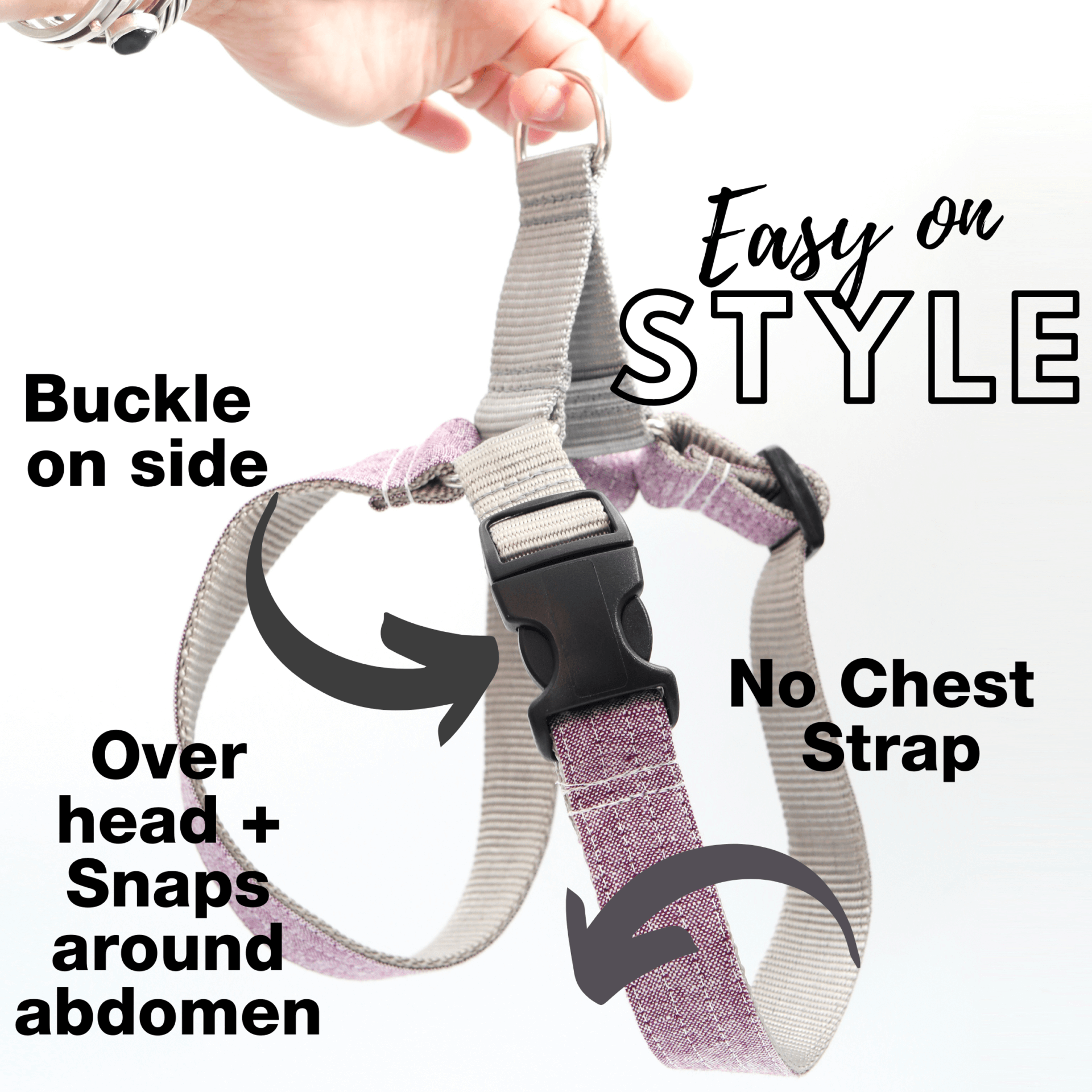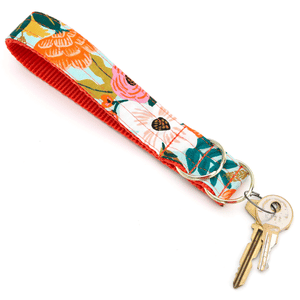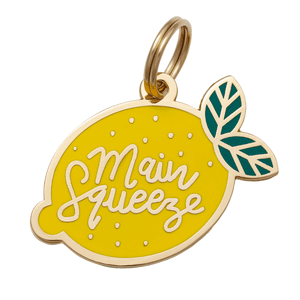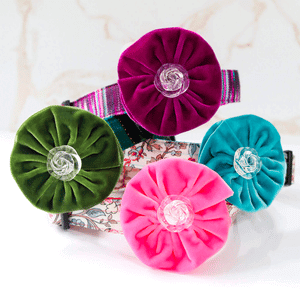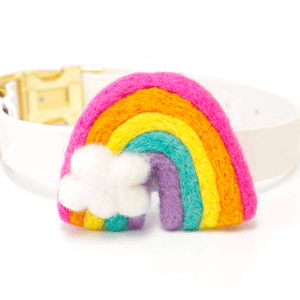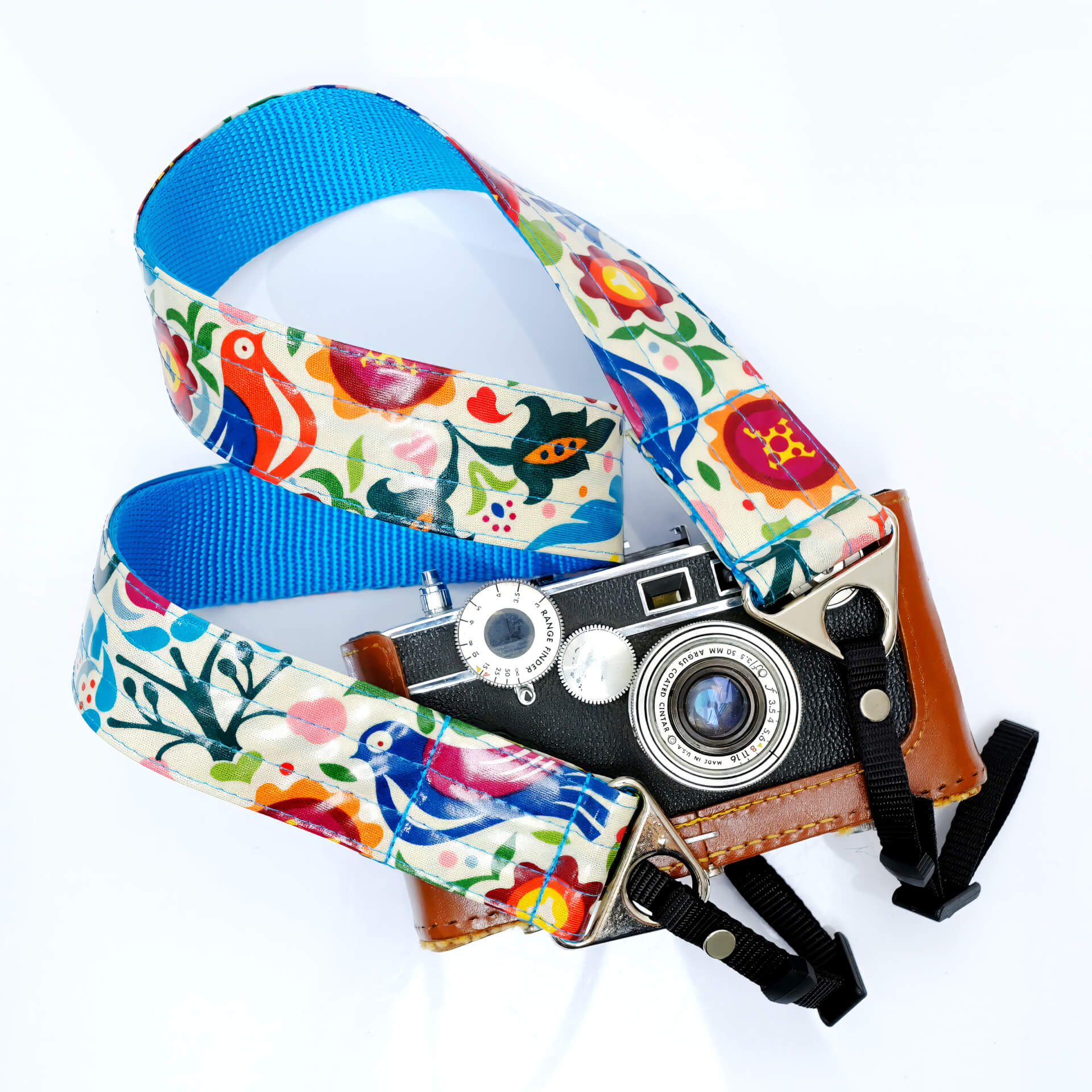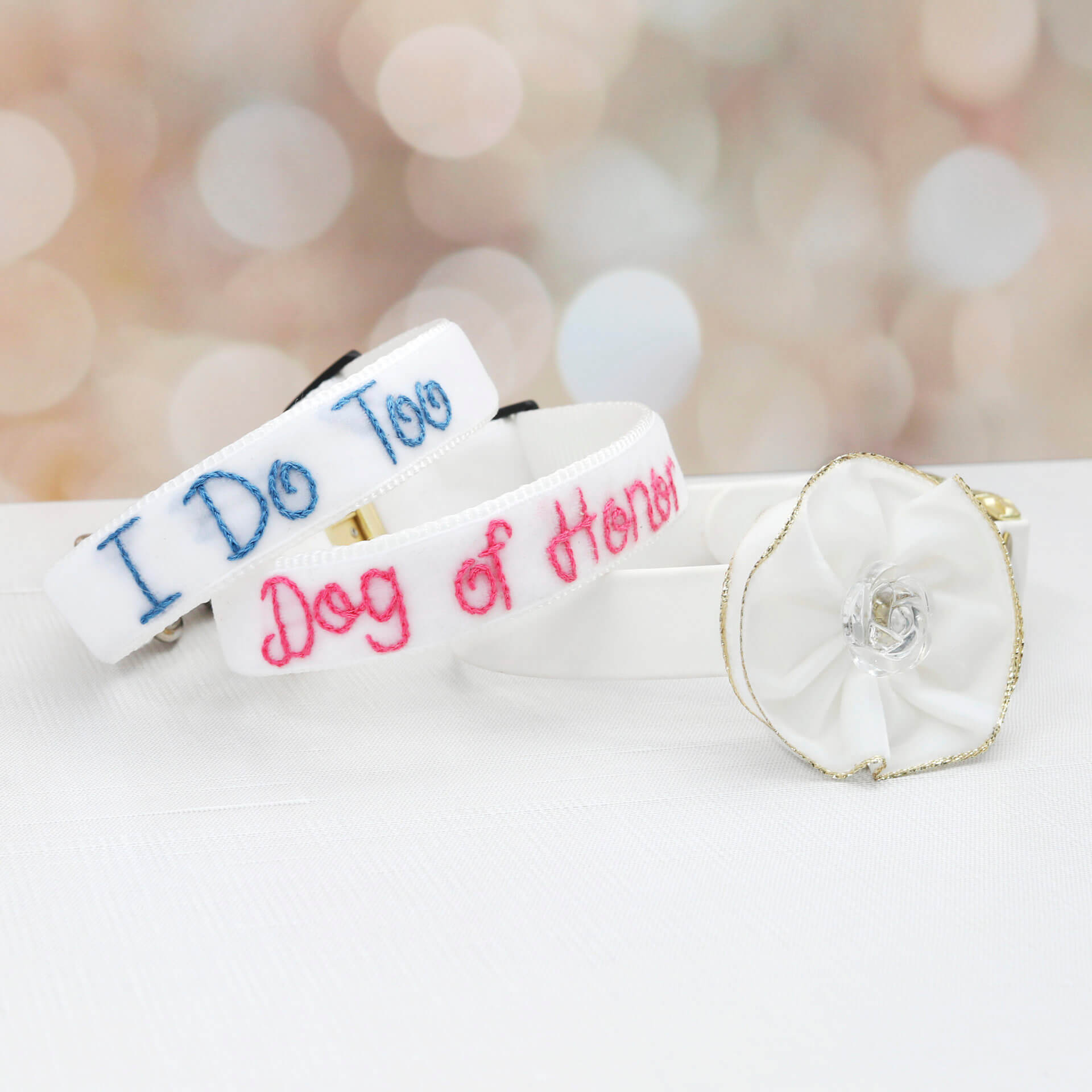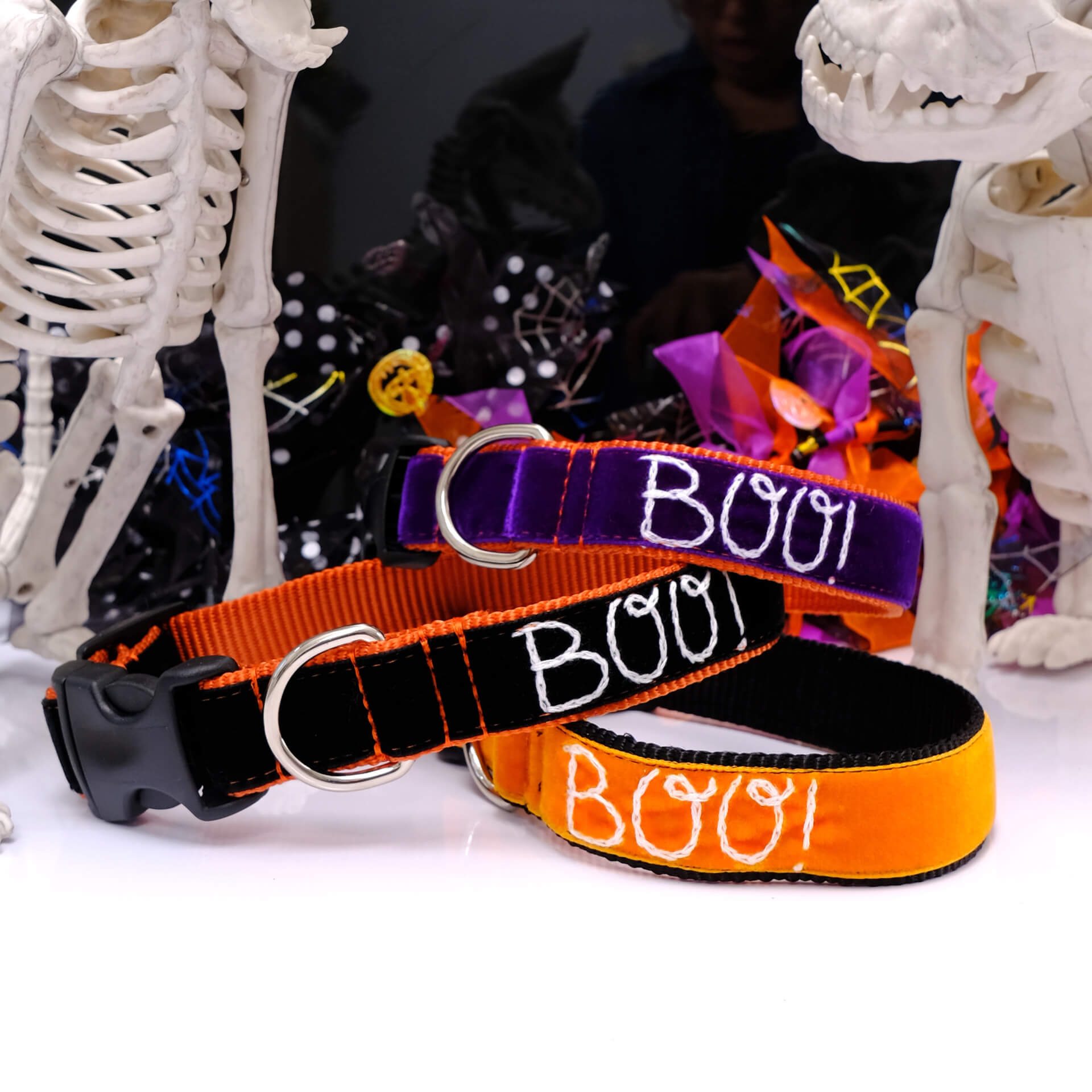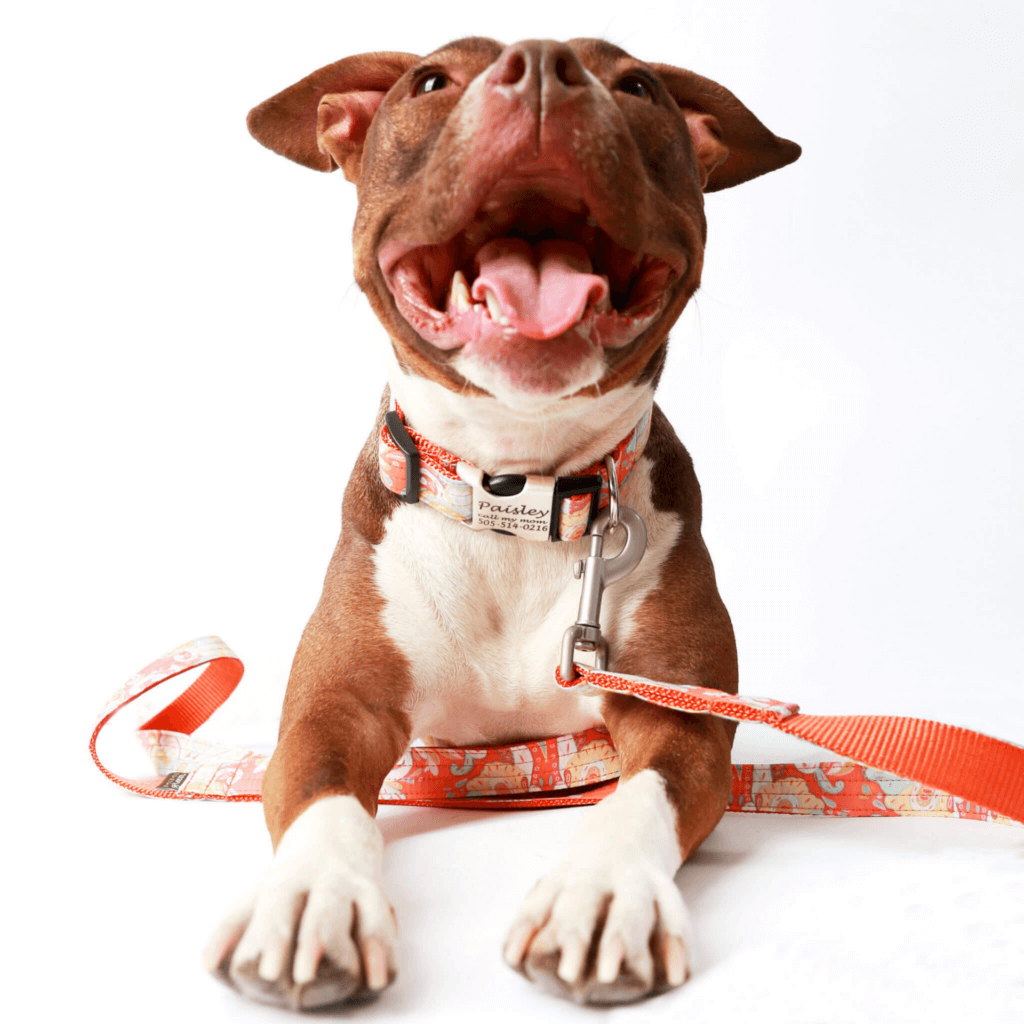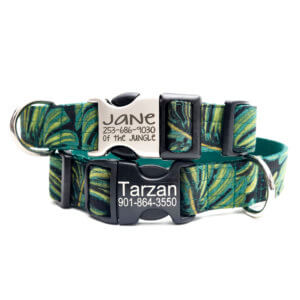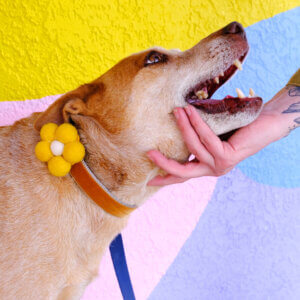Blog
Stop Dog Pulling on Leash When Excited | Guide
Stop your dog from pulling on the leash when excited by training them to walk with a loose lead using rewards, calm focus, and the right gear. Learn why dogs pull, how to handle leash biting, and practical steps to keep walks safe, controlled, and enjoyable.
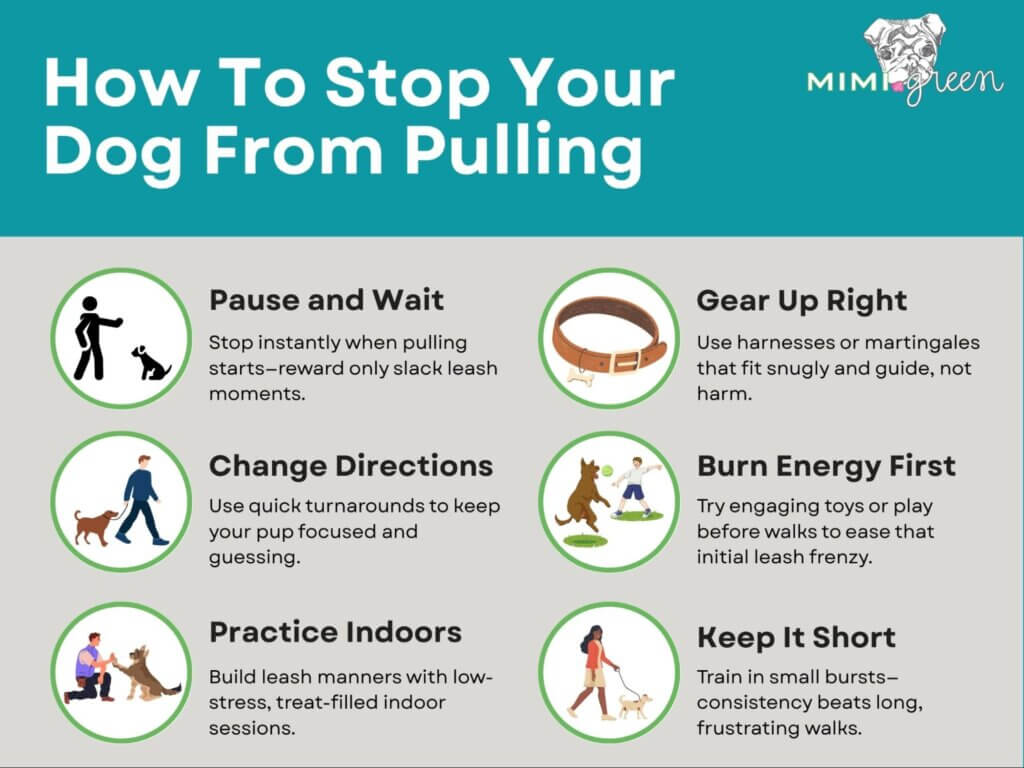
Here’s the quick answer: Dogs pull because it works. The moment they pull ahead and you follow, they learn that pulling gets them where they want to go.
To stop this, train your dog to walk with a loose leash by rewarding calm walking, stopping when the leash tightens, and practicing focus cues like “watch me.” Start in calm spots and build up to busy streets. Your dog can stop pulling, with consistency and the right tools.
Many owners worry they’ll never get it right or that their strong dog will pull them off their feet. But with a few simple changes, you can make every walk feel safe and controlled.
If you’re tired of tug-of-war walks, keep reading. You’ll find the steps, mistakes to avoid, and real-world advice you need to help your dog walk nicely by your side, for good.
Why Dogs Pull on the Leash
It feels personal when your dog drags you down the sidewalk, but pulling is learned. Dogs pull because they’re excited, they spot something they want to chase, or they feel anxious and want distance. And when pulling gets them closer to a squirrel or the next sniff, it’s instantly rewarded.
Every step you take forward while they’re pulling says, “Keep doing this, it works!”
Once you see it this way, you realize leash pulling is about rewiring what works for your dog.
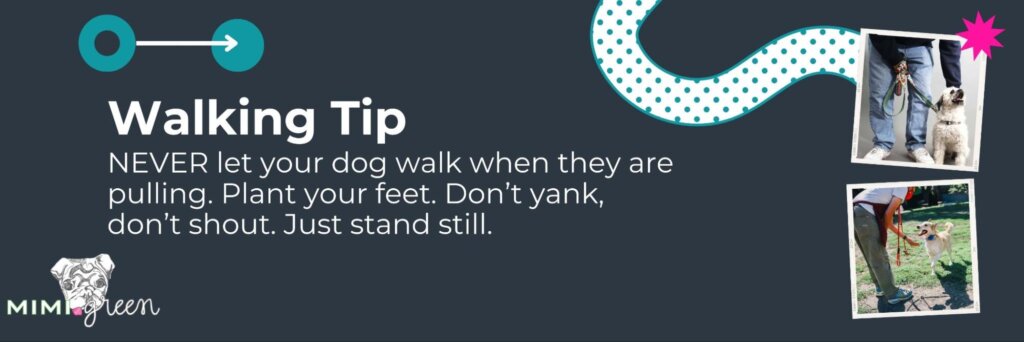
Step 1: Pick the Right Gear (Without Hurting Your Dog)
Before you jump into training, make sure you’re using gear that helps you teach, not fight your dog. For dogs that pull, a well-fitted harness can help redirect force without putting dangerous pressure on their neck. Martingale collars can work for dogs who slip out, but you still need the right fit, remember the two-finger test, and make sure they can’t mouth the loop.
Tools like choke chains, prong collars, or retractable leashes are best used under the guidance of an experienced dog trainer. When used incorrectly, they can cause discomfort, reinforce unwanted behaviors, or delay progress. For most pet parents, positive reinforcement and well-fitted gear offer a safer, more effective starting point.
If you’re stuck between training and needing a fast walk, some owners use two harnesses, one for training with clear rules and another when you just need to get from A to B. But be mindful: this can slow your progress if your dog gets mixed signals.
If your dog’s an escape artist, consider adding a Fi-compatible collar for GPS tracking. No training plan is perfect, safety backups matter.
Step 2: Start Training in Calm, Low-Distraction Spots
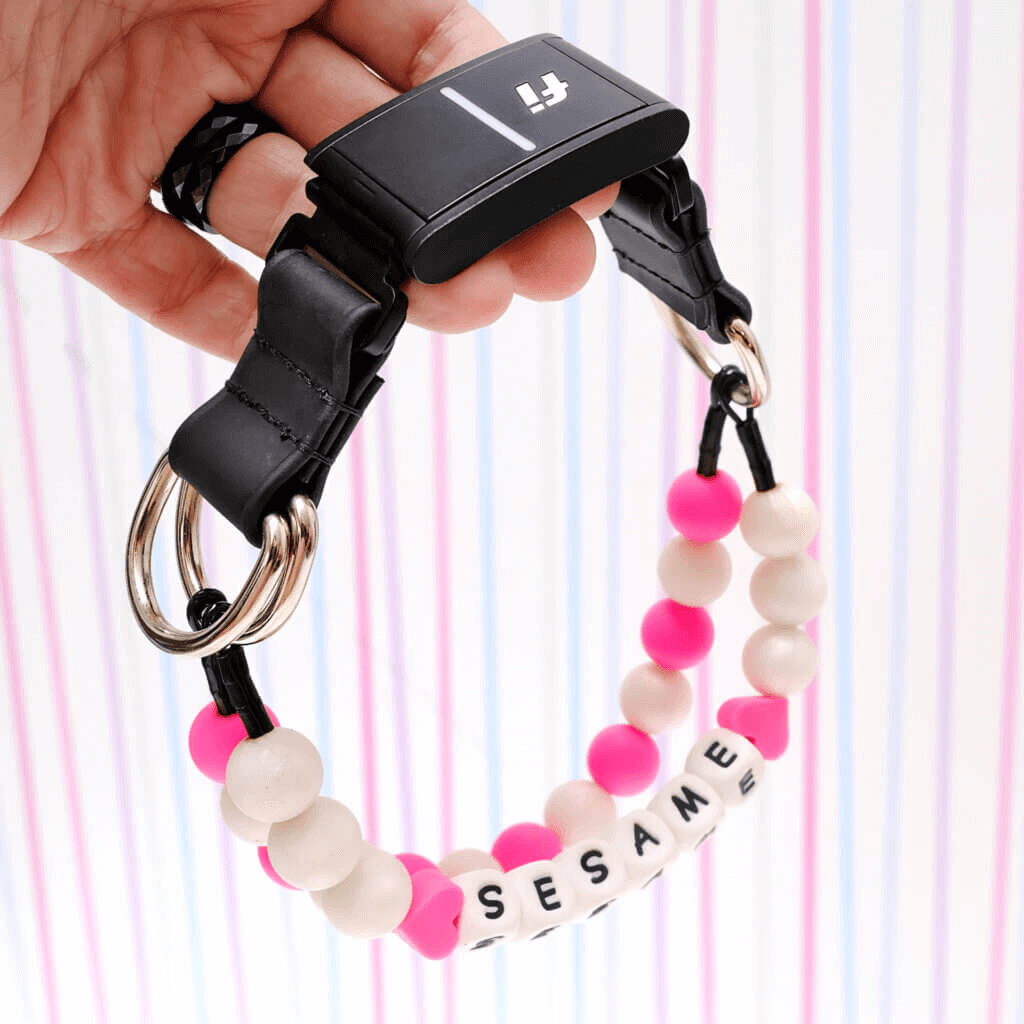
Featured Product -> Fi Compatible Pearl Friendship Bracelet Dog Collar
The biggest mistake we see? Trying to teach a dog to stop pulling in the middle of a busy park. Start where you can win together. Pick your living room, backyard, or driveway. These quiet spaces help your dog focus on you instead of every smell, dog, or passing car.
Teach simple focus cues like “watch me” so your dog learns that paying attention to you brings treats. Use high-value treats, something special they don’t get every day.
If your dog loses interest or gets distracted, keep your sessions short. Five minutes of focused practice beats a frustrated half hour. Puppies especially benefit from micro-sessions that make training fun and fail-proof.
Step 3: Reward Calm Walking by Your Side
Once you’re outside, the goal is to make staying by your side the best thing ever.
Follow the 3-second rule: every time your dog walks calmly next to you for three seconds, reward them. This helps them connect calm walking with good stuff.
Keep your treats at your side, not ahead of you. This placement teaches your dog that staying next to your leg pays off. Some dogs aren’t big on treats outside, use a favorite toy as a backup reward.
Step 4: Stop When the Leash Tightens
Here’s where many well-meaning owners go wrong. If your dog pulls and you keep moving, you’re saying, “Good job, pulling gets us places.” The fix? Be a tree. The moment you feel that leash tighten, stop moving. Wait for your dog to release tension or return to you. Only then, take a step.
Mix things up by changing direction suddenly, this keeps your dog tuned in. And remember, short daily practice works better than once-a-week marathons. Calm walks don’t happen overnight, but five minutes of clear, consistent practice a day pays off for life.
Step 5: Add in Real-World Distractions
Once your dog masters calm walking in the backyard, it’s time to test their skills around real temptations, like other dogs, new smells, and people. Start small. Practice in a quiet neighborhood before tackling the dog park at peak hour.
A big question is, “How do I stop pulling when my dog sees another dog?” The answer: distance is your friend. If your dog pulls or lunges at other dogs, create space. Cross the street, turn away, or change direction before they fixate. Reward eye contact and calm focus on you. If your dog can’t focus no matter what, they may be feeling fear or over-excitement that needs more time to work through.
Some dogs pull because they’re scared, not excited. In these cases, you may need extra help. A qualified positive-reinforcement trainer can help your dog build confidence without adding more stress to your walks.
How to Handle Dogs That Bite the Leash
Some dogs pull and turn the leash into a chew toy. It’s not disobedience, it’s often excitement or frustration bubbling over. Puppies, especially, mouth the leash when they don’t know where else to put that energy.
Instead of scolding, redirect. Carry a tug toy or a chewy treat to give your dog something better to focus on. A short play session can release tension and keep your leash in one piece.
Over time, reward calm behavior with treats instead of letting your dog make a game of biting the leash.
Extra Tips for Stubborn Pullers
For dogs who never seem to run out of steam, more structure away from the leash can help. Teach simple impulse-control games like “wait” at doorways or “stay” before tossing a toy. These tiny lessons build the same self-control your dog needs for polite walking.
Don’t forget mental exercise. Puzzle toys, sniffy games, and short training sessions drain energy that might otherwise show up as leash pulling.
Also, think about your dog’s breed. A high-drive dog like a Husky or Shepherd may need extra outlets for their natural instincts, while a Yorkie might pull out of fear or because they’re small enough to get away with it. Tailor your approach.
Common Mistakes to Avoid
- The biggest mistake is inconsistency, sometimes letting your dog pull, sometimes not. Mixed signals make training longer and harder.
- Another slip-up: rewarding pulling by moving forward when your dog lunges. If pulling works even once, your dog learns to keep trying.
- Lastly, avoid painful tools like choke chains. They don’t teach your dog how to succeed, just what to fear. Instead, combine the right gear, clear rules, and gentle practice. Your walks will be safer and far more enjoyable.
Real Questions from Mimi Green Customers
- Can I ever let my dog pull? If you sometimes allow pulling, like on a flexi leash in the woods, your dog may stay confused about when it’s okay. Stick to clear, consistent rules if you want lasting loose-leash habits.
- Is it too late to fix leash pulling? Nope! Even older dogs can learn. Start slow, reward calm walking, and remember: short, daily sessions work wonders.
- Why does my dog freeze instead of pulling? Some dogs stop walking when overwhelmed or nervous. Don’t drag them. Use treats and encouraging words to build confidence step by step.
- What about senior dogs who can’t handle a harness? A well-fitted, lightweight collar and shorter walks can help. Always check fit, seasonal coat changes can affect how a collar sits.
Need more help to find the right collar? Check out our sizing and fit guides to choose what’s right for your pup.
Walks Should Be Fun! Here’s How to Keep Progress Going

Your dog might not get it right on day one, and that’s okay. Celebrate small wins, like one block of calm walking. Build from there.
Once they master easy routes, add new distractions or practice with another calm dog. And remember: consistency keeps good habits strong.
Need a collar that actually fits right? We craft every piece to match your dog’s size, coat, and personality, so you can focus on enjoying your walks together.
Calm Walks Are Possible
If you’re worried your dog will always drag you down the street, take heart: with practice, the right gear, and a little patience, calmer walks are possible. Your dog deserves a safe, comfortable walk, and so do you.
Daily walks shouldn’t feel like a battle. When your dog pulls on the leash, the wrong fit or scratchy material only makes things worse. Mimi Green designs collars, harnesses, and leashes that put your dog’s comfort first, so training sticks.
- Try a custom-fit martingale collar for gentle control.
- Switch to a waterproof, easy-clean option if your dog loves adventure.
- Add a personalized buckle or engraved nameplate for safety, style, and peace of mind.
Every Mimi Green piece is made to order here in the USA, just for your pup. Because no walk should be stressful when the right fit makes all the difference.
Ready to enjoy calm walks again? Find your dog’s paw-fect leash today.

